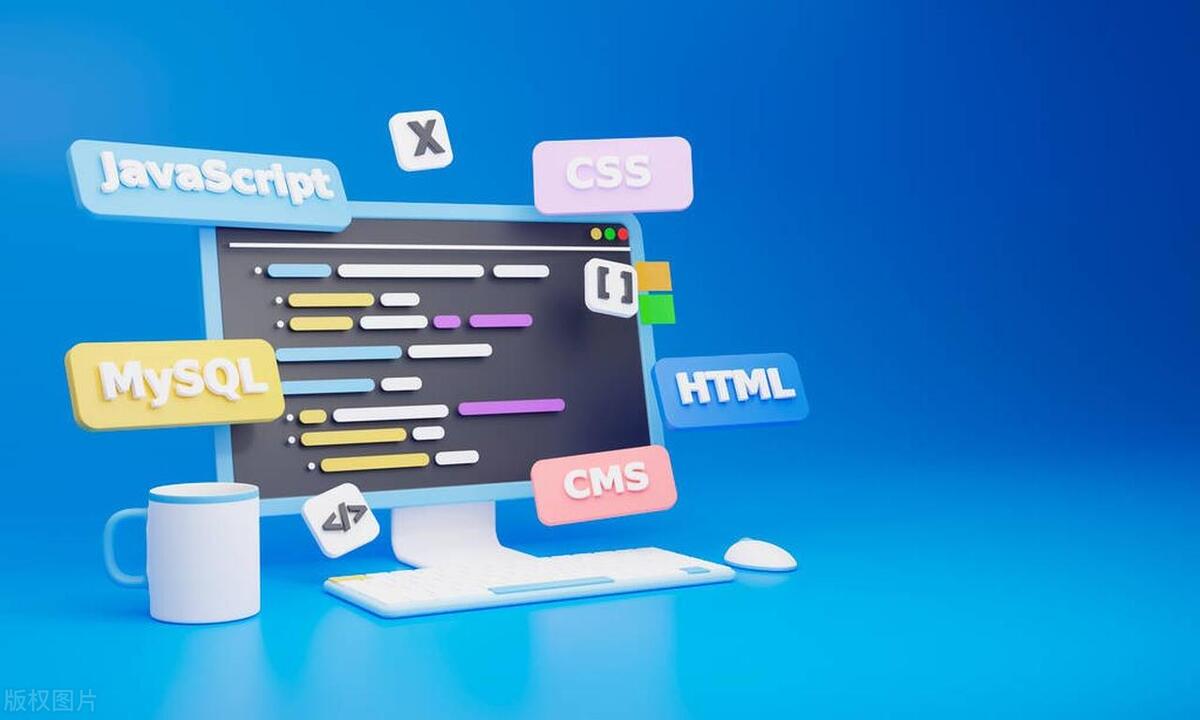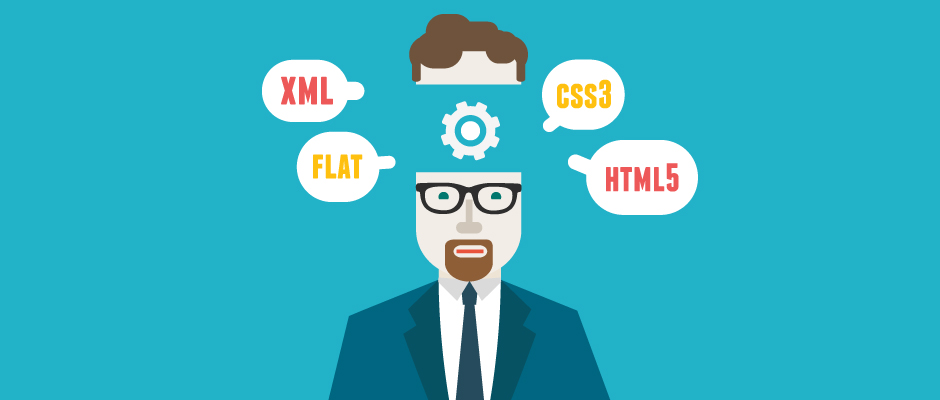The performance optimization of the front-end mobile terminal needs to be based on the characteristics of the mobile terminal. 1. Reduce the number of requests and resource volume of the first screen, including merging JS/CSS files, using on-demand loading, compressing pictures and selecting appropriate formats; 2. Use caching strategies to reduce duplicate loading, such as setting up HTTP cache headers, using Service Worker to pre-cache, and locally storing interface data; 3. Optimizing rendering performance and interactive experience, avoiding forced synchronization of layouts and long tasks, simplifying page structure, and delaying non-critical animations; 4. Use lightweight frameworks and modern features, such as choosing Preact/Svelte, enabling Tree Shaking, using native APIs, enabling HTTP/2 and Brotli compression.

The performance optimization of the front-end mobile terminal is actually very different from that of the PC terminal, especially in terms of network, device capabilities and user habits. To truly improve the experience of mobile users, we cannot rely solely on "general routines" such as compressing codes and lazy loading of pictures, but also consider the unique restrictions and usage scenarios of the mobile terminal.

The following aspects are relatively critical optimization points in actual development and can solve many real problems.
Reduce the number of requests and resource volume on the first screen
The network environment of mobile users is unstable and the traffic is limited, so controlling the number of requests and resource sizes loaded on the first screen is particularly important.

- Merge JS/CSS files : Although modern packaging tools will do code segmentation by default, for mobile devices, sometimes "small points" are better.
- Use on-demand loading : for example, route-level lazy loading, or component-level dynamic imports to avoid loading a bunch of unused code from the beginning.
- Compress pictures and choose the right format : WebP is a good choice, which saves more traffic than JPEG/PNG and has good quality. Don't forget to set the appropriate width and height to avoid wasting bandwidth to load large images and then zoom in.
For example, if a page is loaded with more than 10 JS files and a bunch of images, it may take several seconds to start rendering on a 3G network. But if the key CSS is inlined and JS is merged into one or two files, the loading speed can be significantly improved.
Reduce duplicate loading with caching strategies
Mobile users often open the same website at different times. Reasonable use of cache can greatly reduce the amount of repeated downloads.

- The HTTP cache header is properly set : For long-term unchanged static resources (such as fonts, pictures, and third-party libraries), set a long cache such as
Cache-Control: max-age=31536000. - Service Worker Pre-cache Key Resources : You can access some page content offline, and speed up the speed of secondary access.
- Local storage cached data interface response : For example, some configuration information or user status can be present in localStorage or IndexedDB to avoid re-pulling every time.
Note that the cache strategy is not the longer the better, especially for content that is updated frequently. It needs to be flexibly set according to the resource type.
Optimize rendering performance and interactive experience
The performance of mobile browsers is not as good as that of desktop, and animations and complex layouts are prone to lag, affecting the user experience.
- Avoid forced synchronization of layout and long tasks : For example, when operating the DOM frequently, try to use requestAnimationFrame or batch processing.
- Simplify page structure : Don’t have too deep CSS levels to reduce the cost of rearranged redrawing.
- Delayed non-critical animations/special effects : For example, the animation effect that is played before scrolling to the bottom, you can wait until the main content is rendered before loading the relevant scripts.
In addition, there are many touch interactions on the mobile terminal, so you should pay attention to preventing too many events from bubbled, resulting in performance degradation, and avoid unnecessary listener binding.
Use lightweight frames and modern features
There are now many frameworks and tools that are optimized for mobile terminals, such as Preact and Svelte. They are smaller in size and faster in operation, making them suitable for mobile projects.
- Enable Tree Shaking and Dead Code Elimination : Make sure that the final packaged code is the most streamlined.
- Use native APIs to replace compatibility libraries : for example, use IntersectionObserver to implement lazy loading instead of relying on jQuery plug-in.
- Turn on HTTP/2 and Brotli compression : the transmission efficiency is higher, especially for mobile devices, saving traffic and speeding up.
Of course, if your project has used mainstream frameworks such as React/Vue, it does not have to be replaced, but can be optimized through code splitting, loading on demand, etc.
Basically that's it. Mobile performance optimization is not a high-tech, but every detail is worth taking seriously. Doing well will not only allow users to see content faster, but also reduce bounce rates and improve the overall experience.
The above is the detailed content of Frontend Performance Optimization for Mobile Devices. For more information, please follow other related articles on the PHP Chinese website!

Hot AI Tools

Undress AI Tool
Undress images for free

Undresser.AI Undress
AI-powered app for creating realistic nude photos

AI Clothes Remover
Online AI tool for removing clothes from photos.

Clothoff.io
AI clothes remover

Video Face Swap
Swap faces in any video effortlessly with our completely free AI face swap tool!

Hot Article

Hot Tools

Notepad++7.3.1
Easy-to-use and free code editor

SublimeText3 Chinese version
Chinese version, very easy to use

Zend Studio 13.0.1
Powerful PHP integrated development environment

Dreamweaver CS6
Visual web development tools

SublimeText3 Mac version
God-level code editing software (SublimeText3)
 How does React handle focus management and accessibility?
Jul 08, 2025 am 02:34 AM
How does React handle focus management and accessibility?
Jul 08, 2025 am 02:34 AM
React itself does not directly manage focus or accessibility, but provides tools to effectively deal with these issues. 1. Use Refs to programmatically manage focus, such as setting element focus through useRef; 2. Use ARIA attributes to improve accessibility, such as defining the structure and state of tab components; 3. Pay attention to keyboard navigation to ensure that the focus logic in components such as modal boxes is clear; 4. Try to use native HTML elements to reduce the workload and error risk of custom implementation; 5. React assists accessibility by controlling the DOM and adding ARIA attributes, but the correct use still depends on developers.
 Describe the difference between shallow and full rendering in React testing.
Jul 06, 2025 am 02:32 AM
Describe the difference between shallow and full rendering in React testing.
Jul 06, 2025 am 02:32 AM
Shallowrenderingtestsacomponentinisolation,withoutchildren,whilefullrenderingincludesallchildcomponents.Shallowrenderingisgoodfortestingacomponent’sownlogicandmarkup,offeringfasterexecutionandisolationfromchildbehavior,butlacksfulllifecycleandDOMinte
 What is the significance of the StrictMode component in React?
Jul 06, 2025 am 02:33 AM
What is the significance of the StrictMode component in React?
Jul 06, 2025 am 02:33 AM
StrictMode does not render any visual content in React, but it is very useful during development. Its main function is to help developers identify potential problems, especially those that may cause bugs or unexpected behavior in complex applications. Specifically, it flags unsafe lifecycle methods, recognizes side effects in render functions, and warns about the use of old string refAPI. In addition, it can expose these side effects by intentionally repeating calls to certain functions, thereby prompting developers to move related operations to appropriate locations, such as the useEffect hook. At the same time, it encourages the use of newer ref methods such as useRef or callback ref instead of string ref. To use Stri effectively
 Vue with TypeScript Integration Guide
Jul 05, 2025 am 02:29 AM
Vue with TypeScript Integration Guide
Jul 05, 2025 am 02:29 AM
Create TypeScript-enabled projects using VueCLI or Vite, which can be quickly initialized through interactive selection features or using templates. Use tags in components to implement type inference with defineComponent, and it is recommended to explicitly declare props and emits types, and use interface or type to define complex structures. It is recommended to explicitly label types when using ref and reactive in setup functions to improve code maintainability and collaboration efficiency.
 Server-Side Rendering with Next.js Explained
Jul 23, 2025 am 01:39 AM
Server-Side Rendering with Next.js Explained
Jul 23, 2025 am 01:39 AM
Server-siderendering(SSR)inNext.jsgeneratesHTMLontheserverforeachrequest,improvingperformanceandSEO.1.SSRisidealfordynamiccontentthatchangesfrequently,suchasuserdashboards.2.ItusesgetServerSidePropstofetchdataperrequestandpassittothecomponent.3.UseSS
 A Deep Dive into WebAssembly (WASM) for Front-End Developers
Jul 27, 2025 am 12:32 AM
A Deep Dive into WebAssembly (WASM) for Front-End Developers
Jul 27, 2025 am 12:32 AM
WebAssembly(WASM)isagame-changerforfront-enddevelopersseekinghigh-performancewebapplications.1.WASMisabinaryinstructionformatthatrunsatnear-nativespeed,enablinglanguageslikeRust,C ,andGotoexecuteinthebrowser.2.ItcomplementsJavaScriptratherthanreplac
 Vue CLI vs Vite: Choosing Your Build Tool
Jul 06, 2025 am 02:34 AM
Vue CLI vs Vite: Choosing Your Build Tool
Jul 06, 2025 am 02:34 AM
Vite or VueCLI depends on project requirements and development priorities. 1. Startup speed: Vite uses the browser's native ES module loading mechanism, which is extremely fast and cold-start, usually completed within 300ms, while VueCLI uses Webpack to rely on packaging and is slow to start; 2. Configuration complexity: Vite starts with zero configuration, has a rich plug-in ecosystem, which is suitable for modern front-end technology stacks, VueCLI provides comprehensive configuration options, suitable for enterprise-level customization but has high learning costs; 3. Applicable project types: Vite is suitable for small projects, rapid prototype development and projects using Vue3, VueCLI is more suitable for medium and large enterprise projects or projects that need to be compatible with Vue2; 4. Plug-in ecosystem: VueCLI is perfect but has slow updates,
 How to manage component state using immutable updates in React?
Jul 10, 2025 pm 12:57 PM
How to manage component state using immutable updates in React?
Jul 10, 2025 pm 12:57 PM
Immutable updates are crucial in React because it ensures that state changes can be detected correctly, triggering component re-rendering and avoiding side effects. Directly modifying state, such as push or assignment, will cause React to be unable to detect changes. The correct way to do this is to create new objects instead of old objects, such as updating an array or object using the expand operator. For nested structures, you need to copy layer by layer and modify only the target part, such as using multiple expansion operators to deal with deep attributes. Common operations include updating array elements with maps, deleting elements with filters, adding elements with slices or expansion. Tool libraries such as Immer can simplify the process, allowing "seemingly" to modify the original state but generate new copies, but increase project complexity. Key tips include each






